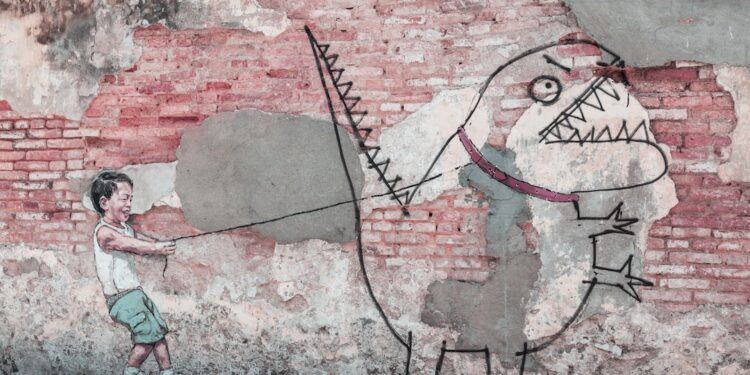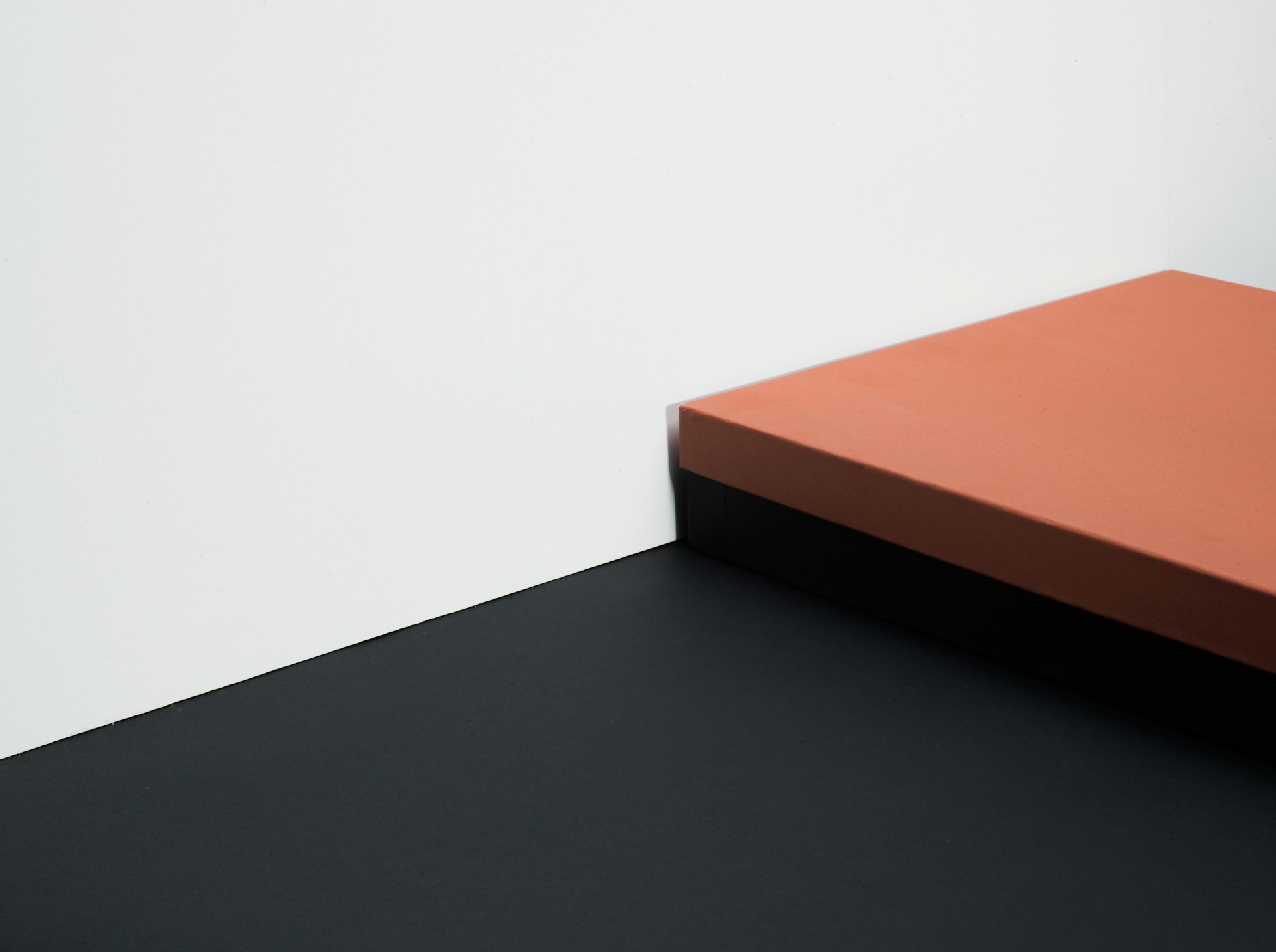Ballet is not just a form of dance; it is an art that has evolved over centuries. Its roots can be traced back to the Italian Renaissance courts of the 15th century, where it was initially developed as a form of entertainment for royalty and aristocrats. Since then, ballet has seen many transformations, from its classic origins to its modern interpretations. In this blog post, we will take a journey through the history of ballet, exploring its significant periods and influential figures.
The Birth of Ballet: Classical Roots (15th-17th century)
The origins of ballet can be found in the extravagant spectacles of the Italian courts during the Renaissance. These performances were known as balletti, which derived from the Italian word ballare, meaning “to dance.” Dancers, musicians, and artists collaborated to create elaborate productions that combined music, poetry, and dance.
However, ballet as we know it today truly began to take shape in 1661 when King Louis XIV of France, a passionate dancer himself, established the Académie Royale de Danse in Paris. This institution became the foundation for the development and codification of ballet technique. It was during this period that ballet moved away from the court to public theaters, becoming accessible to a wider audience.
The Romantic Era: Ballet as Storytelling (19th century)
The Romantic era of ballet, which emerged in the 19th century, brought significant changes to the art form. The Romantic ballet was characterized by its emphasis on storytelling, emotion, and exaggerated expressions. It was during this period that legendary pieces such as “Giselle” and “Swan Lake” were created, which remain cornerstones of the classical ballet repertoire today.
The Romantic ballet also introduced technical innovations that allowed dancers to defy gravity and create the illusion of weightlessness. Pointe shoes, for example, enabled dancers to dance on the tips of their toes, enhancing the ethereal quality of the performances.
Diaghilev’s Ballets Russes: Revolutionizing Ballet (early 20th century)
In the early 20th century, ballet underwent a revolution with the advent of Sergei Diaghilev’s Ballets Russes. Diaghilev, a Russian impresario, sought to break away from the traditions of classical ballet and create a new and innovative form of dance.
Under Diaghilev’s direction, the Ballets Russes collaborated with avant-garde artists such as Pablo Picasso and Igor Stravinsky, pushing the boundaries of ballet and combining different art forms. Choreographers such as Michel Fokine and Vaslav Nijinsky created groundbreaking works that challenged the audience’s perceptions and expanded the possibilities of movement and storytelling.
The Modern Ballet: Striving for Individuality (20th-21st century)
The 20th century saw the rise of modern ballet, a departure from the strict tradition of classical ballet. This new form focused on individuality, experimentation, and expression. Choreographers such as George Balanchine and Merce Cunningham embraced a more abstract approach to movement, breaking away from narrative storytelling.
Balanchine, founder of the New York City Ballet, developed a unique style that emphasized speed, musicality, and precision. His neoclassical works stripped away the elaborate costumes and sets of classical ballet and allowed dancers to shine through their technique and artistry.
Similarly, Merce Cunningham, known for his collaborations with composer John Cage, introduced chance operations into his choreography, challenging traditional notions of structure and composition. His work blurred the line between dance and everyday movement, incorporating everyday gestures and movements into his pieces.
Today, ballet continues to evolve and transform, with choreographers incorporating elements from contemporary dance, hip-hop, and other genres. The boundaries of ballet are constantly being pushed, allowing for new and exciting possibilities.
In conclusion, ballet has a rich and vibrant history that has spanned centuries and embraced various styles and approaches. From its classical roots to its modern interpretations, ballet has captivated audiences with its beauty, grace, and emotional depth. As we move into the future, it is exciting to see how ballet will continue to evolve and redefine itself, while still honoring its traditional foundations.














